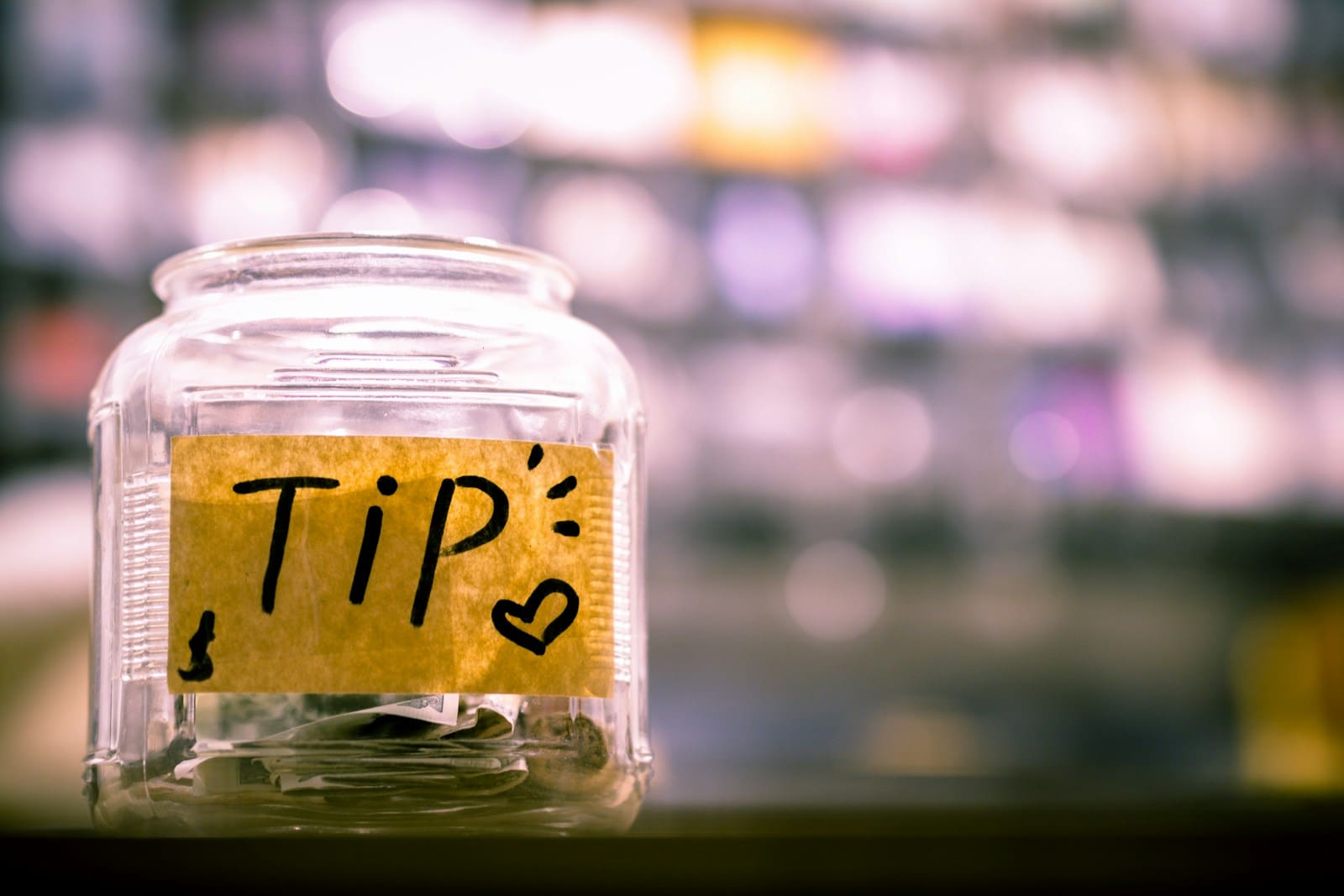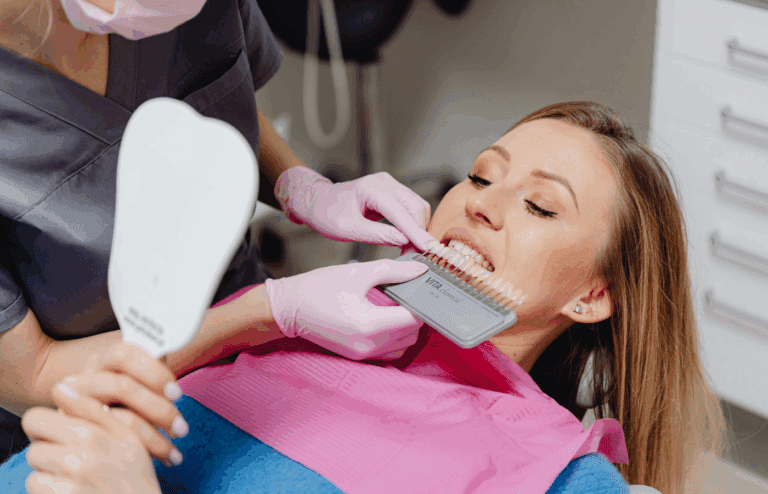If you’re not from the US, you might find the country’s tipping customs hard to understand. Even people from here need a refresher sometimes! Here are fifteen things no one tells you about tipping and that most people are just too embarrassed to ask!
Tipping is Actually a European Custom
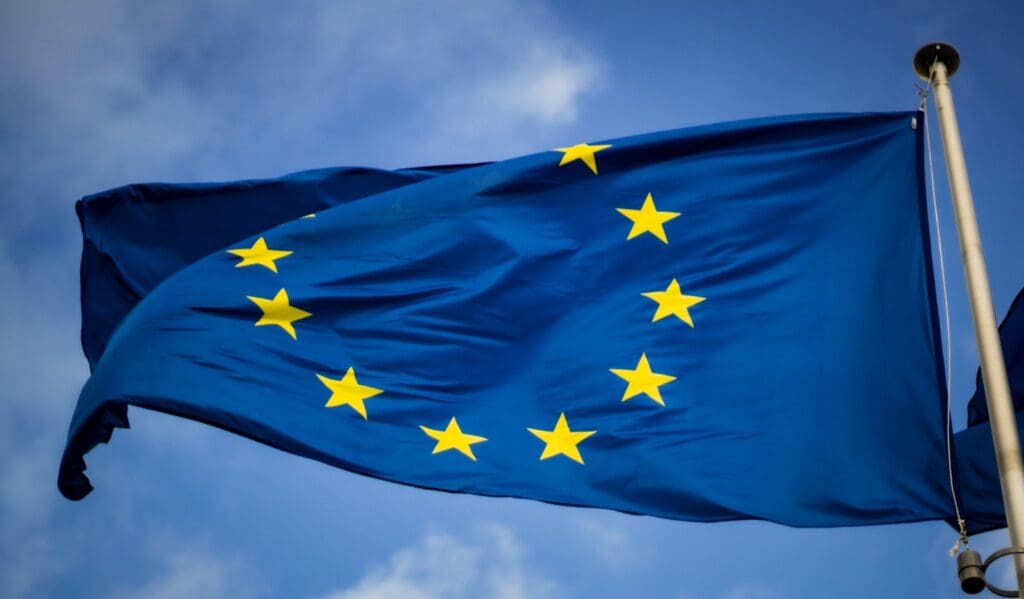
Funny enough, while tipping is considered a very American practice these days, it originated as a European custom. Nobles and other moneyed people would slip money into the hand or pocket of their servants as a way of expressing thanks for their service.
Why do Americans Tip?
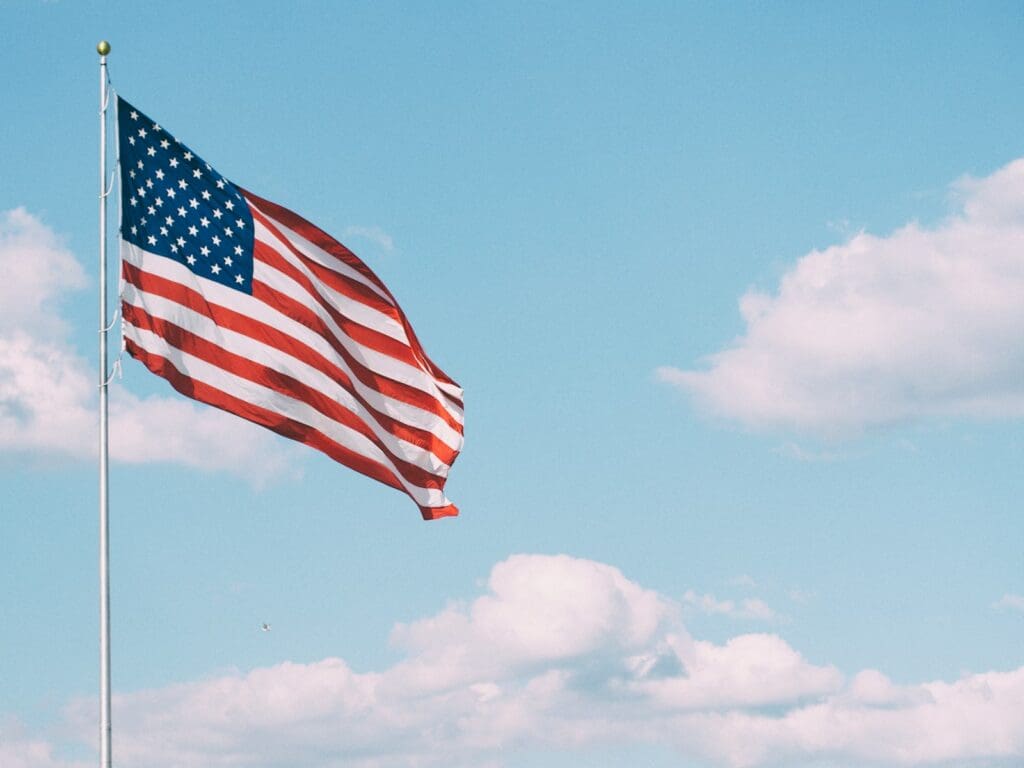
Americans who would visit Europe would notice aristocrats and nobles offer cash tips to servers and other professionals and wanted to adopt this “fancy” mode of showing gratitude. They brought the practice back with them and it stuck!
Is Tipping Fair?
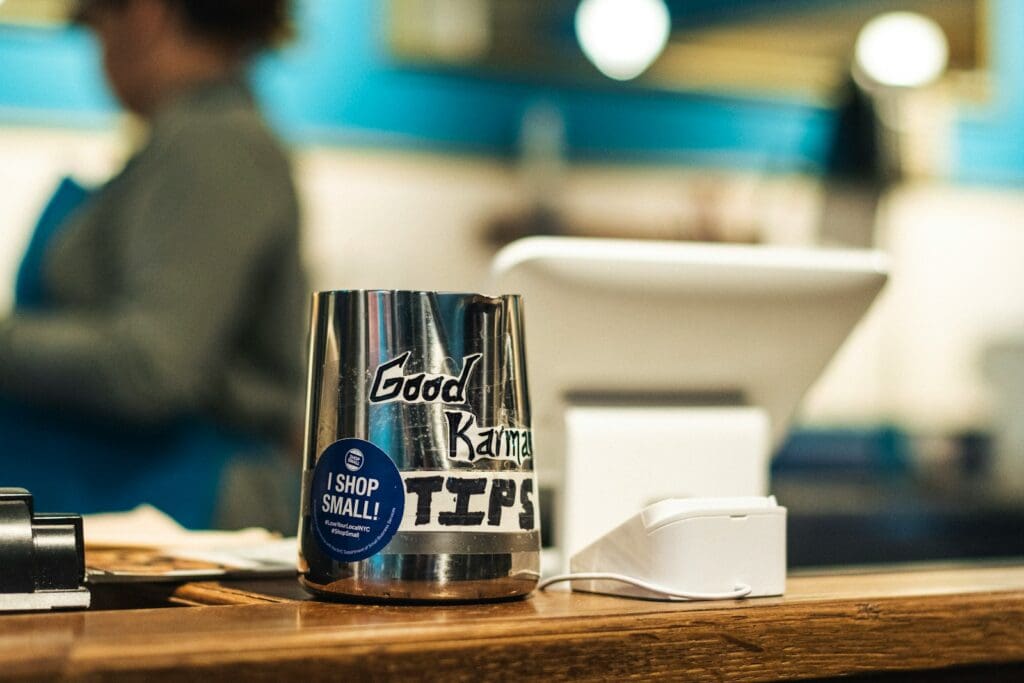
In the US, tipping became popular among restaurant owners as it allowed them to pay their employees less. Tipped servers don’t have to legally be paid minimum wage, allowing restaurants to pass on the expense of paying their employees a fair wage to the people who eat there.
Twenty Percent Is the Standard

Some people will say that you don’t need to tip 20% unless the server went above and beyond for you. This is untrue! Twenty percent is the standard. Generally, unless the server was actively rude to you and made your experience unpleasant on purpose, you should give them at least 20% of the bill’s total as a tip.
Servers Live on Tips
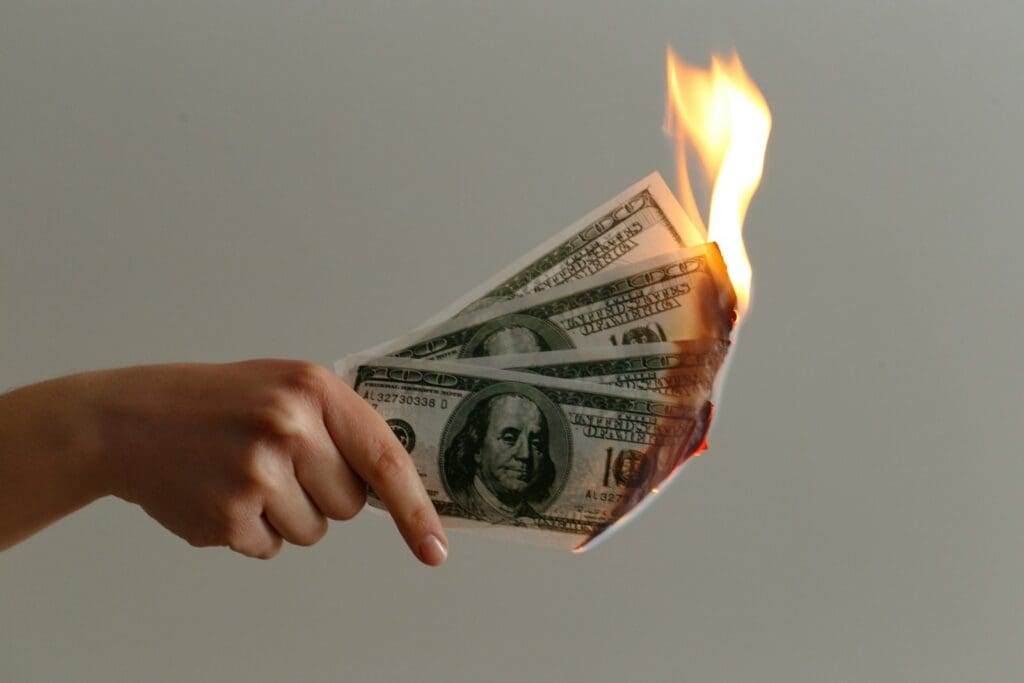
The reason to treat 20% as the standard is that servers live on tips. They often don’t make enough money from their hourly wages to even afford their bills. As such, they rely on their tips to make ends meet.
Voice Your Opinion

In the US, it’s okay to tell your server if something is wrong with your meal. If the food is undercooked or bland, you can (and should) send it back. The server’s response to your input is part of the reason you’re expected to tip them for their service.
Confrontational Servers

Also, if you routinely give small (or no) tips at restaurants, expect to eventually get an earful from a fed-up server. Servers work really hard for their money, so if you hold out on them you’re going to hear about it.
Tipping in Other Industries
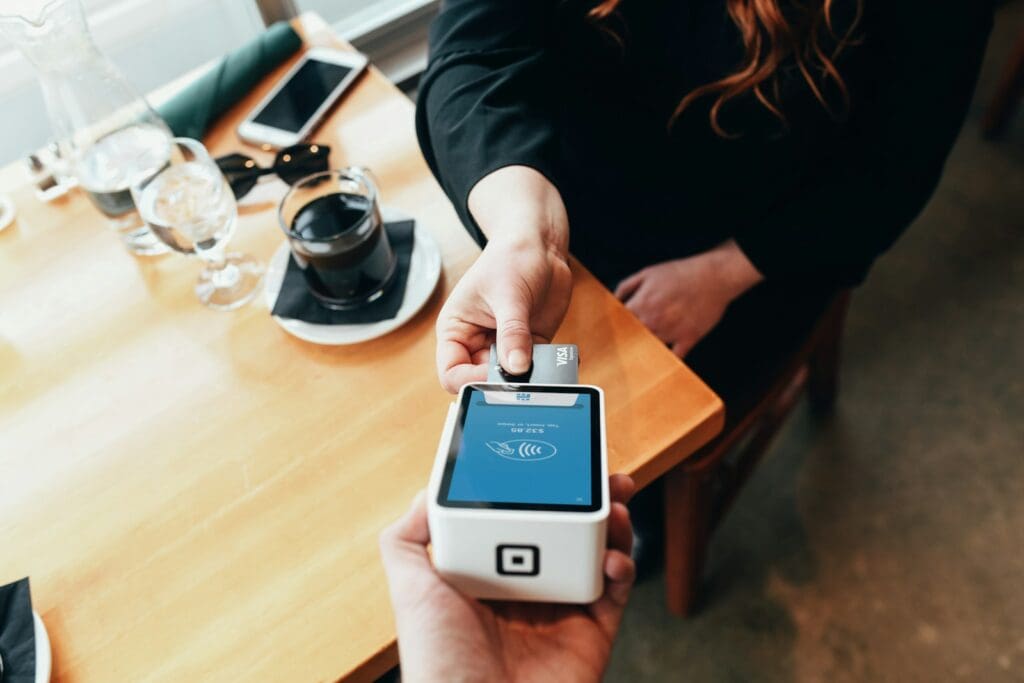
It’s not just servers who expect tips at the end of your professional interaction with them. There are actually several professionals in the US who you’re culturally expected to tip at the conclusion of their service—here are a few examples.
Taxi Drivers

After you take a ride in a taxi or ride sharing service, make sure to tip your driver. You can tip Uber or Lyft drivers directly through the app, but sometimes they might prefer cash. Likewise, traditional cab drivers likely don’t have a way to take tips from a card, so keep cash on you if you plan to get around with taxis.
Valets

If a valet helps you park your car or gives you a hand with your bags, they probably expect a tip. Offering them a few bucks by quietly slipping the money into their hand is the most sensible way to show them you’ve got a tip for their service.
Barbers
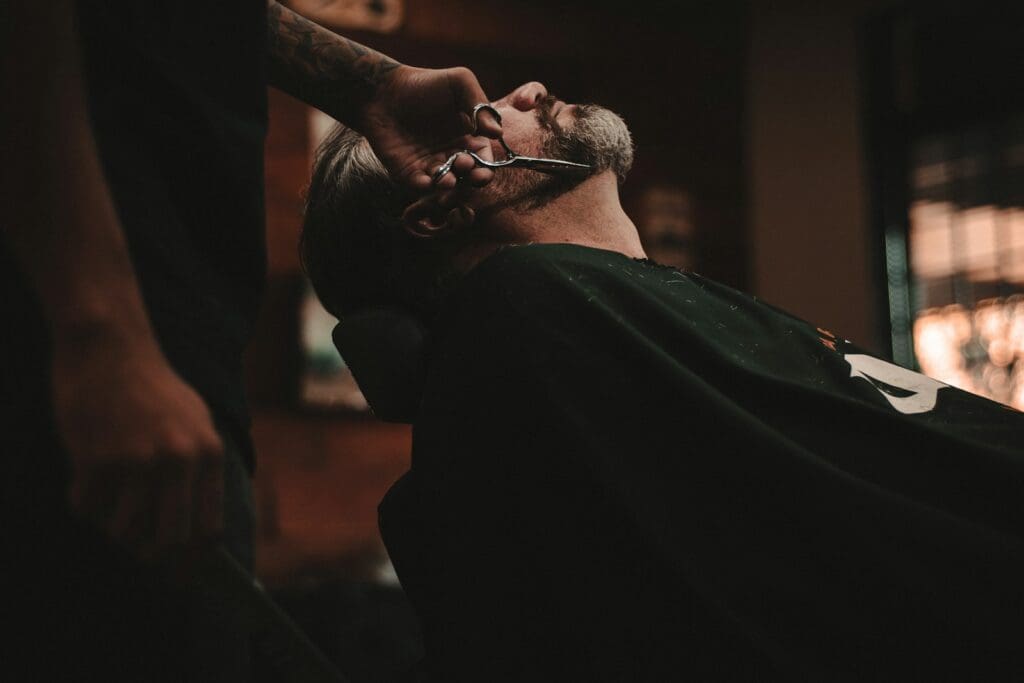
Believe it or not, barbers and hair stylists also work for tips in the US. While they usually don’t make under minimum wage the way restaurant workers do, they still tend to rely on tips from patrons in order to make ends meet!
Spa Workers

If you get a massage, a waxing treatment, or any other kind of spa service, expect to tip them. Twenty percent, as usual, is considered customary. Depending on the type of service, there may be an automatic “gratuity” applied to your bill, which is essentially an automatic tip.
Cash is Preferred
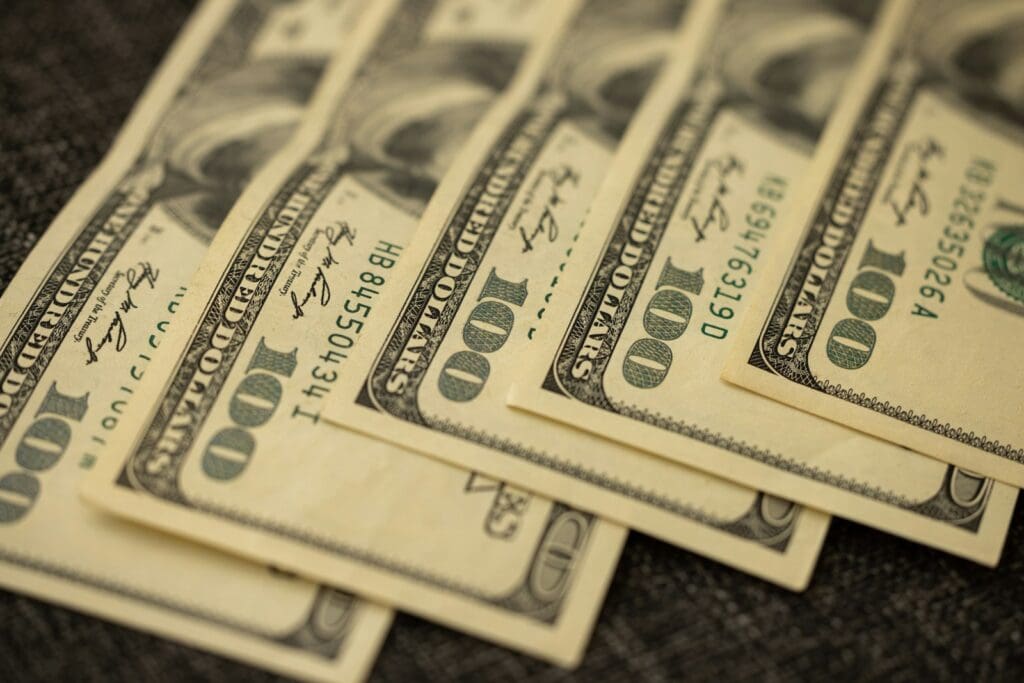
Most people who work for tips prefer to get them in cash. That way, they won’t have to wait for payday to get their money. That being said, it’s still a good idea to tip with your card if you don’t have cash. Something is better than nothing!
Read More: 15 Tips for Financial Planning in Your 30s
Keep Dollar Bills on You
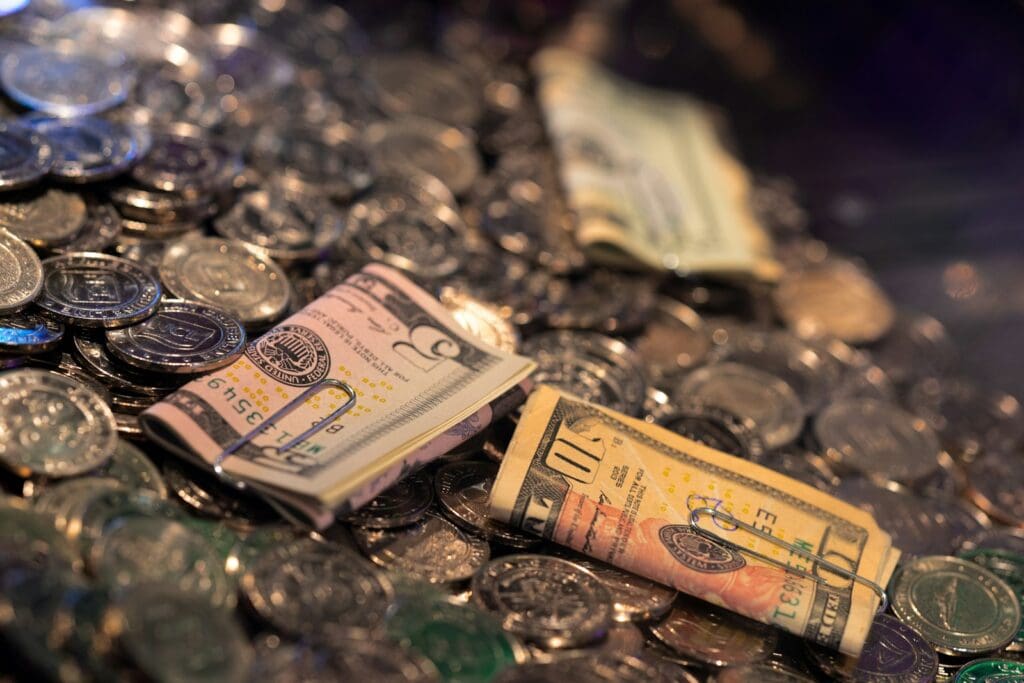
If you’re planning to travel in the US, keep dollar bills on your person. You never know when you might need a few bucks for a tip. There’s nothing as awkward as dropping in for an impromptu meal only to realize you don’t have enough money to both buy food and tip your server.
Read More: 15 Ways to Lower Your Utility Bills
Where Should You NOT Tip?
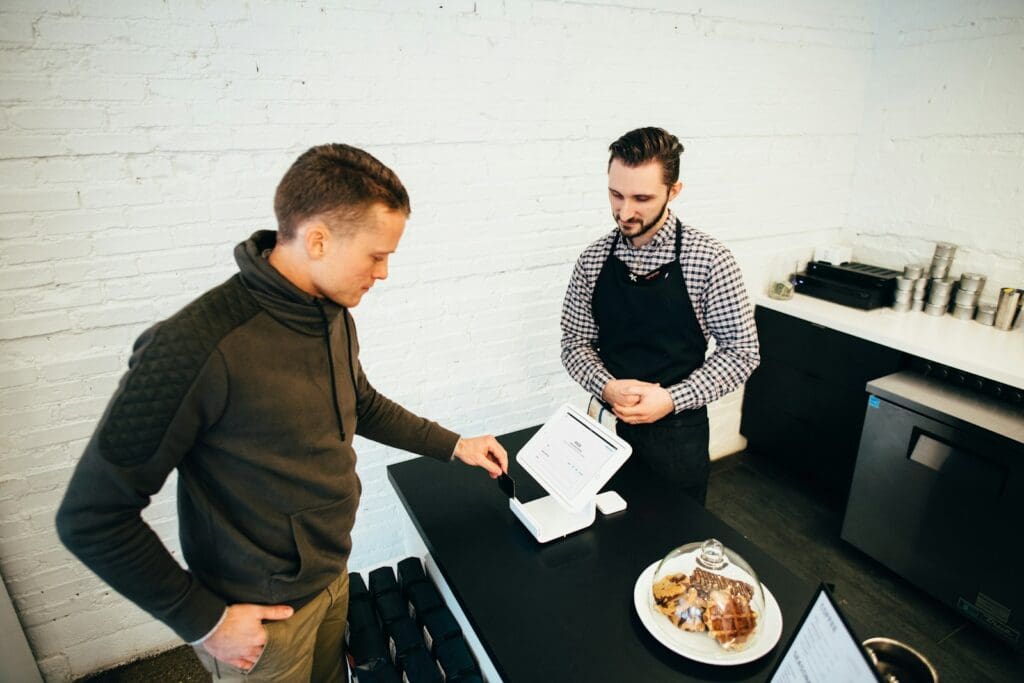
There are several establishments in the US where you’re not expected to offer a tip. This includes fast food places, coffee shops, grocery stores, and retail establishments. While these places may have a tip jar out for generous patrons to donate to, it’s not a cultural faux pas to ignore this.
Read More: 15 Ways to Reduce Expenses

